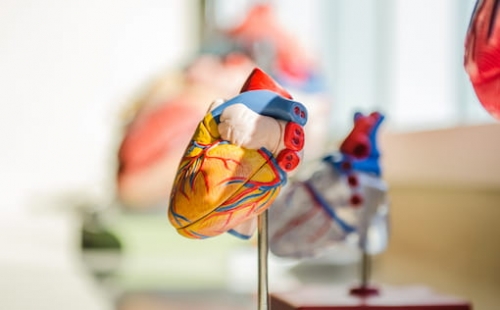
Hidradenitis suppurativa and electrocardiographic changes: a cross-sectional population study
January 22, 2018
Summary
Hidradenitis Suppurativa (HS) is a chronic skin condition that usually develops after puberty. It causes recurrent painful boils in the armpits, groins, genital region and other areas with skin folds. Beyond the debilitating skin problems, the disease is associated with several factors that increase risk of cardiovascular disease (smoking, obesity, metabolic syndrome and systemic inflammation) and recently, higher risk of developing cardiovascular disease. The aim of this study from Denmark was to investigate this possible cardiovascular burden associated with HS influence on the heart's electrical activity. To fulfill this aim, several electrocardiographic parameters were compared between HS patients and a control group. The HS patients were identified using a questionnaire which also was used to divide the HS patients into severity groups (mild, moderate and severe). Overall 404 HS patients and 19,001 controls were identified in the population. The heart's electrical activity parameters investigated were heart rate, and measurements called PR-interval, QRS-duration, JTcF- and QTcF-interval. The analyses performed in this study took into account age, sex, smoking and body mass index. The main finding of this study was a higher heart rate for the patients with severe HS compared to the control group. Other findings were a shorter QRS-duration (the depolarization of the ventricles of the heart) for the patients with mild HS, a result which needs further investigation, and no difference for the parameters PR-interval, JTcF-interval and QTcF-interval. The conclusion of this study is that severe HS is associated with a higher resting heart rate. Given that resting heart rate is associated with increased mortality, and that HS patients have increased risk of cardiovascular issues, this finding is potentially important, easily testable and allows for treatment.
Photo by jesse orrico on Unsplash

